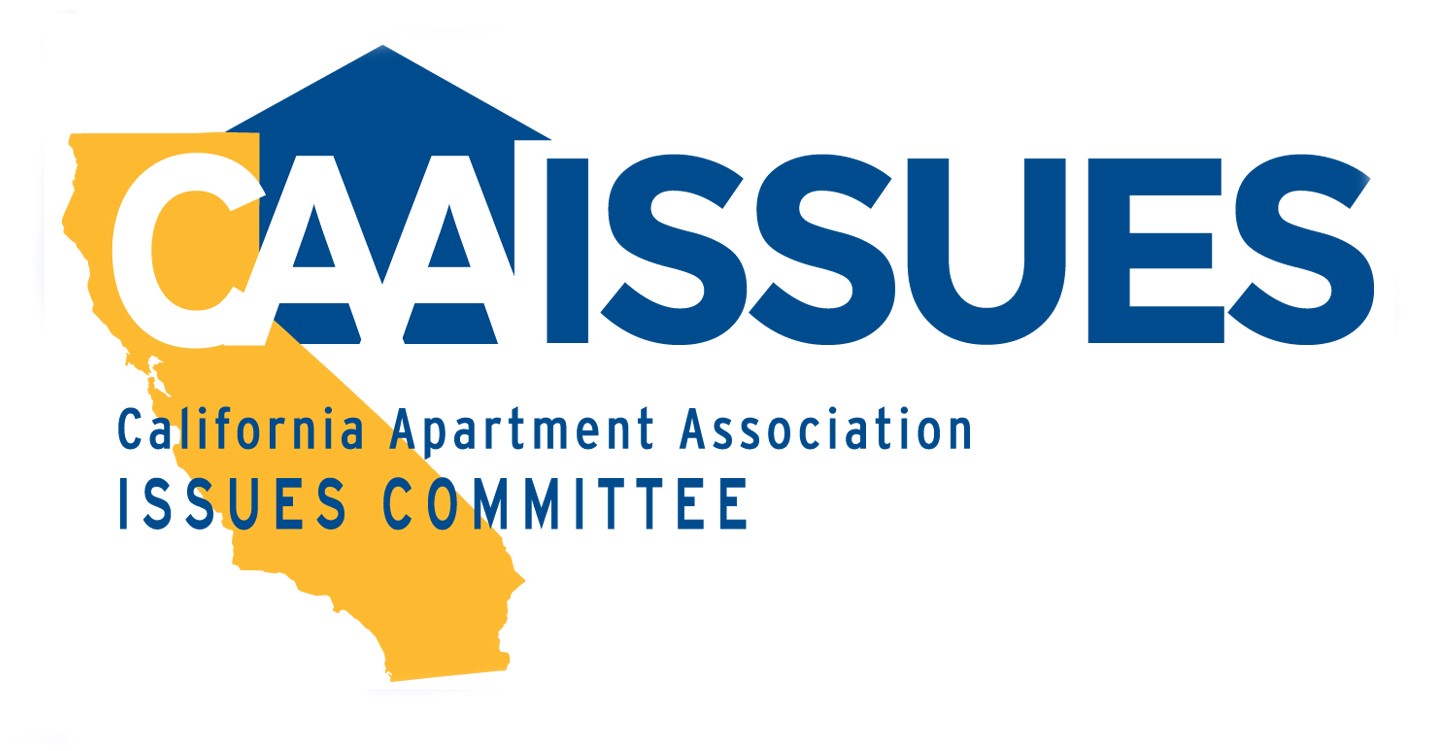A COVID-19 economic relief package signed by President Trump on Sunday includes $25 billion to help struggling tenants pay their landlords.
The aid package won Trump’s signature several days after passing both chambers of Congress. The president had threatened to veto the bill, saying its onetime direct payments to individuals should be increased from $600 to $2,000. Trump continues to urge Congress to make that change.
Last week, Tom Bannon, chief executive officer of the California Apartment Association, praised Congress for approving rental aid, the first time it’s done so since the pandemic shut down the economy nine months ago.
The money will help lighten a backlog of unpaid rent that’s left rental property owners struggling to pay their own bills, such as mortgages, payroll and for repairs.
“This is a down payment of funds that local, state and federal governments owe to landlords,” Bannon said, adding that housing providers and residents will require further rent relief. “Just like with tenants, COVID hardships are not a landlord’s fault.”
Over the past few weeks, members of CAA have written to their representatives and senators, urging that any new stimulus package include dollars to help tenants pay their rent — and landlords with tenants unable to pay because of the pandemic.
The $25 billion for rent relief is part of a nearly $900 billion pandemic relief package approved by both chambers of Congress Monday. It now awaits President Trump’s signature.
Qualifying tenants will use the relief dollars to pay past-due rent, upcoming rent and utility bills.
Besides dollars earmarked to help with rental payments, the stimulus package contains other aid that may help tenants cover their rent. The package includes direct, onetime payments of $600 to individuals making less than $75,000 per year or $1,200 to couples who make less than $150,000 annually. Families will receive an additional $600 per child.
The package also furnishes an additional $300 per week in unemployment benefits through mid-March. The stimulus deal also resurrects the Paycheck Protection Program for small businesses, although landlords did not qualify for those funds in the summer.
The stimulus package comes at a critical time for both landlords and tenants.
Amid the latest surge in COVID-related infections, stay-at-home orders and business closures, rent debt will accumulate well into the new year. Although vaccinations have begun, it will take several months to inoculate a majority of America’s workforce, a critical step in reopening the U.S. economy.
Tenants already face a mountain of rent debt.
A study by the Federal Reserve Bank of Philadelphia puts California’s unpaid rent at nearly $1.7 billion. A National Council of State Housing Agencies study, meanwhile, estimates that unpaid rent in California will hit between $3.7 billion and $5.6 billion by January.
If the latter figure is accurate, California alone would already need over one-fifth of the nation’s rent relief dollars.
The expiration of state and federal eviction moratoria also looms over lawmakers.
A federal eviction moratorium from the Centers for Disease Control was set to expire next week, however, the economic relief package extends those protections until Jan. 31, 2021 — the same date that California’s eviction moratorium is scheduled to lapse.
Over the past few weeks, proposals to extend or replace California’s moratorium have surfaced in the state Legislature. One bill would extend the protections of AB 3088 by two months, while the other would keep them in place until the end of 2021 while allowing local governments to add their own eviction protections, creating a hodgepodge of laws for eviction courts to interpret.
“In 2021, the onus is on state and federal lawmakers to pass sensible legislation that helps COVID-affected tenants pay their rent,” Bannon said. “We’re all eager for the pandemic to end. Let’s make sure people have a place to call home when it does.”

